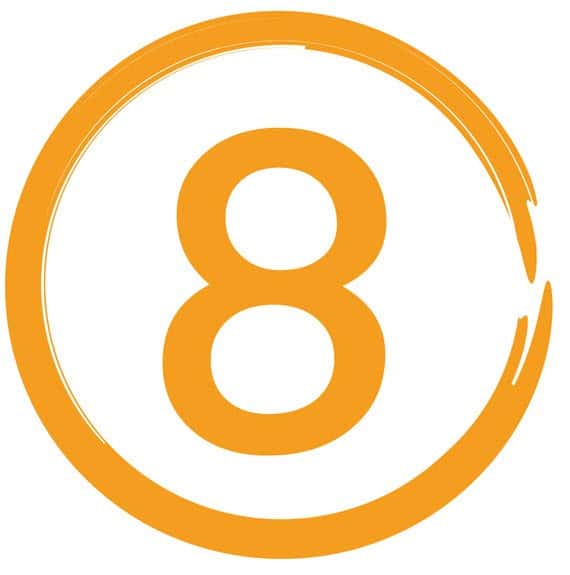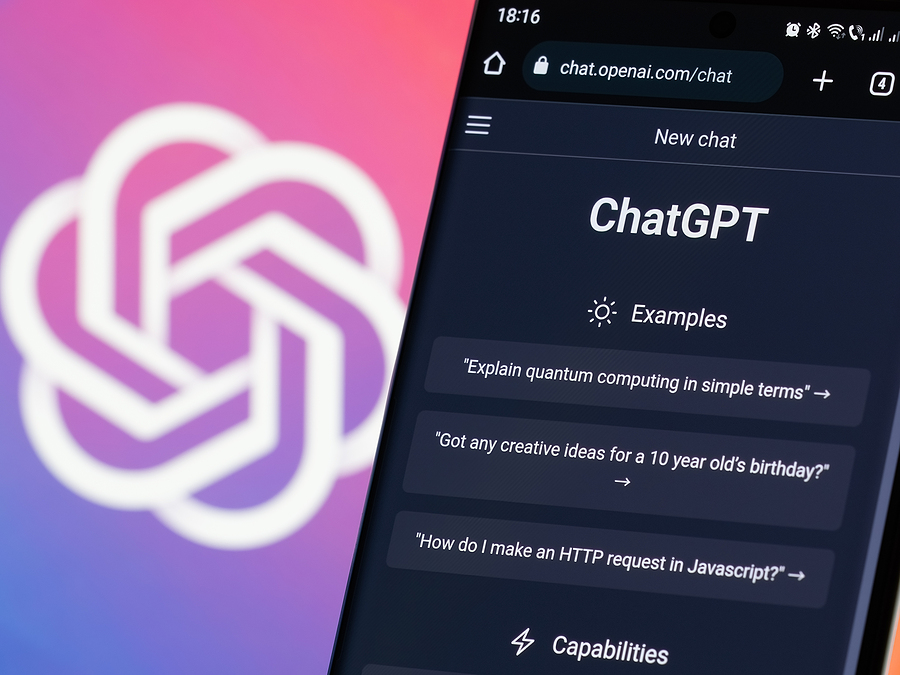
How to Get Your (Successful) Subscription Marketing Campaign Out the Door
Source: Bigstock
Launching a marketing campaign to support an existing or new subscription business, membership, or product? You don't need a big marketing budget to get started, but you do need to market smart. In this Subscription Marketing guide, we outline in detail 12 steps every subscription marketer needs to take to get a marketing program off the ground and driving profitable revenue, even with a small budget or even little experience. Market smart, and profitability, with these step-b...
HELLO!
This premium article is exclusively reserved for Subscription Insider PRO members.
Want access to premium member-only content like this article? Plus, conference discounts and other benefits? We deliver the information you need, for improved decision-making, skills, and subscription business profitability. Check out these membership options!
Learn more about Subscription Insider PRO memberships!
Already a Subscription Insider PRO Member?
Please Log-In Here!









